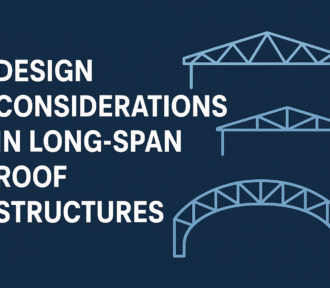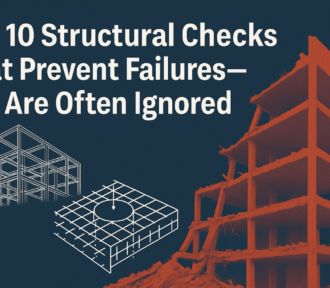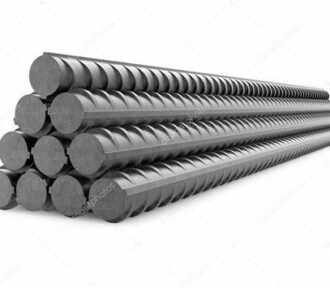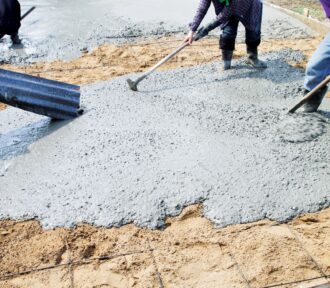This article presents the major considerations in long-span roof design. It explores issues that go beyond basic strength. Each section explains what the engineer must assess, how to evaluate it, and what happens when it is ignored.
Category: Analysis
This article explores the principles behind robustness checks, their significance, and why treating them as just a code requirement is not enough.
This article explores the structural checks many engineers’ neglects. It focuses on areas often bypassed during analysis, design, or detailing.
This article explores the effective use of high-strength S690 steel in structural engineering, highlighting its mechanical properties, design considerations, and fabrication challenges.
The article explores the role of imposed loads in the conservation of historic buildings, It discusses load evaluation methods, challenges in adapting historic structures to modern usage, and reinforcement techniques that balance heritage preservation with contemporary safety standards.
This article explores cable-stayed bridges, components, analysis, and design. It also compares them with suspension bridges to highlight their advantages and limitations.
This article explores suspension bridges, their components, analysis, and design. It details the procedures used to analyse, design, and construct them.
This article provides a step-by-step guide to concrete mix design using the DOE (Department of Environment) method. A fully detailed worked example demonstrates each calculation, ensuring clarity and practical understanding
This article explores the concept of structural redundancy and progressive collapse and also identifies the means by which engineers refine redundancy to prevent progressive collapse and enhance structural safety
This article explores the structural considerations, design methodologies, and verification checks necessary for swimming pool construction.









